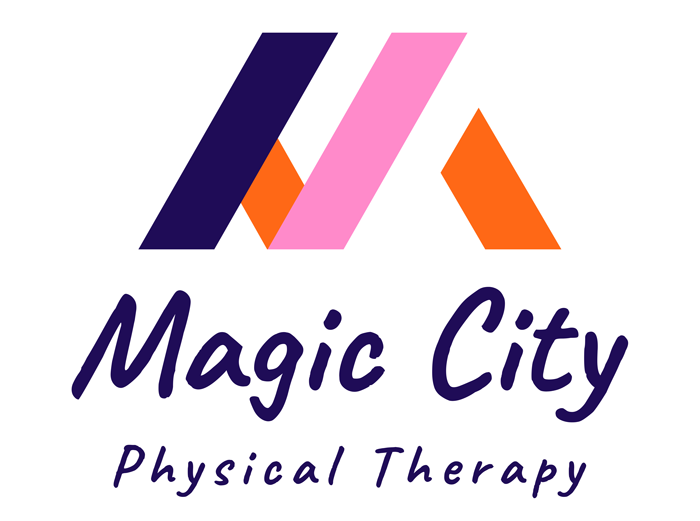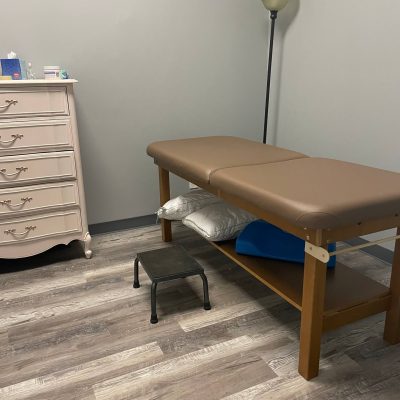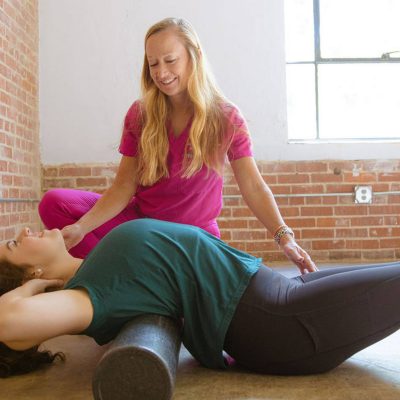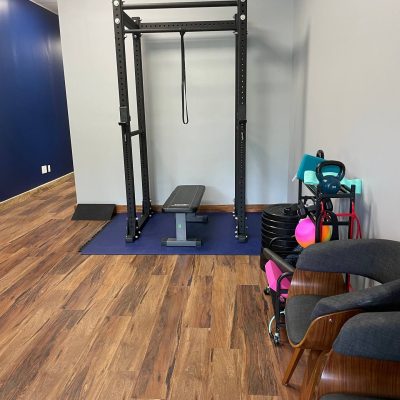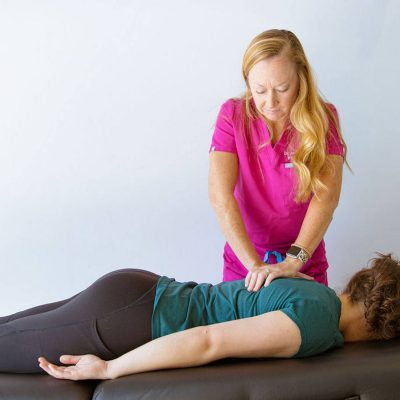As a pelvic floor physical therapist working with both adults and children, I see firsthand how something as simple as toilet posture can make a world of difference in bowel health. Whether you’re a parent looking to help your child with constipation or an adult dealing with difficulty emptying your bowels, optimizing your toilet position can be a game-changer.
Why Does Toilet Posture Matter?
The human body is designed to defecate in a squatting position, which naturally aligns the rectum for easier bowel movements. However, modern toilets encourage a sitting position, which can create an angle in the rectum that makes elimination more difficult. Poor toilet posture can lead to straining, incomplete emptying, and long-term issues such as constipation, hemorrhoids, and even pelvic floor dysfunction.
The Optimal Toilet Position
To achieve the best possible position for a smooth and effective bowel movement, follow these simple adjustments:
- Feet Supported: Keeping your feet flat on the ground or, even better, on a small stool, provides stability and prevents dangling legs, which can create tension in the pelvic floor muscles. For children, ensuring their feet are supported is essential for proper coordination of bowel emptying.
- Knees Higher than Hips: Raising the knees above the level of the hips (approximately at a 35-degree angle) mimics a squat position and straightens the rectal angle, allowing stool to pass more easily without excessive straining.
- Lean Forward with a Relaxed Abdomen: Slightly leaning forward and resting your elbows on your thighs encourages a more open pelvic position and minimizes pressure on the rectum.
- Breathe and Relax: Avoid holding your breath or pushing forcefully. Instead, take slow breaths and use gentle abdominal pressure to help the bowel movement occur naturally.
Benefits of Proper Toilet Position
Making these simple changes can lead to significant improvements in bowel health, including:
- Reduced Straining: Less force is required to pass stool, reducing the risk of hemorrhoids and pelvic floor dysfunction.
- More Complete Emptying: A better rectal angle means less retained stool, decreasing the chances of constipation and bloating.
- Prevention of Pelvic Floor Issues: Excessive straining can weaken or overwork the pelvic floor muscles, leading to issues such as prolapse, urinary incontinence, and pain.
- Better Bowel Habits in Children: Teaching kids the right way to sit on the toilet early in life can set them up for lifelong digestive health and prevent withholding behaviors that contribute to constipation.
Special Considerations for Children
Children often struggle with proper toilet posture, especially if their feet dangle or they don’t feel stable. Using a footstool or a toilet training seat with foot support can help them feel secure and encourage relaxation during bowel movements. Additionally, making sure they have enough fiber and hydration in their diet will further support regularity.
Making the Change
The good news is that implementing these changes is simple and cost-effective. A small footstool (like a Squatty Potty) or even a stack of books can help raise the knees. Educating yourself and your family about proper posture can make a lifelong impact on bowel and pelvic floor health.
If you or your child struggle with constipation, difficulty emptying, or pelvic floor issues, addressing toilet posture is a great first step. If problems persist, a pelvic floor physical therapist can help assess and provide individualized strategies to improve bowel function. Remember, small adjustments can lead to big health benefits!
